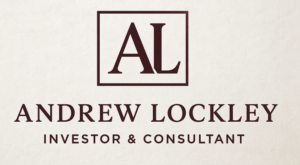30% more sales enquiries, no extra cost
You can often get some really big shifts in performance using really simple, no-cost fixes. One of the best examples I’ve come across is from a healthcare client. They have a large, complex website which is search-engine friendly, but hard for customers to navigate. Potential customers who don’t buy straight away tend to view a few pages, and then leave.
The firm’s product is pretty pricey, and most potential customers won’t buy right away, but they are often willing to submit an enquiry if they’re interested. The problem was that it was just too hard for people to do this. By simply putting a larger and more obvious enquiry button on the most-viewed pages of the site, we saw a jump in enquiries of about 30%. It didn’t cost anything to fix. It didn’t require any clever SEO. In fact, it really wasn’t complicated at all. We just made it simpler and more appealing for customers to enquire.
I’d like to be able to make out that it took some kind of genius skills on my part to fix this, but it’s just not true. It was an easy and obvious fix – but the client hadn’t done it. They were wasting a large chunk of their potential sales enquiries as a result. I can usually find some comparable issues in most firms’ sites, so it’s well worth having a think about your own site’s usability.
As with most things in marketing, it’s not quite as simple as it first seems… Although the conversion from visitors to enquirers rose, by having a lower hurdle there was a drop in the average quality of leads. Simply put, more dross gets through the easier you make it to enquire. I’ve found this effect in other businesses, too – so the costs of handling leads needs to be considered when deciding just how easy to make it to submit a lead. The trick is to put in place cost reductions in the sales process hand-in-hand with improvements in conversions. That way, you can end up with more leads with the same handling costs. Some techniques which are useful here are salesforce automation and lead-scoring – but that’s another story!

Leave a Reply
Want to join the discussion?Feel free to contribute!